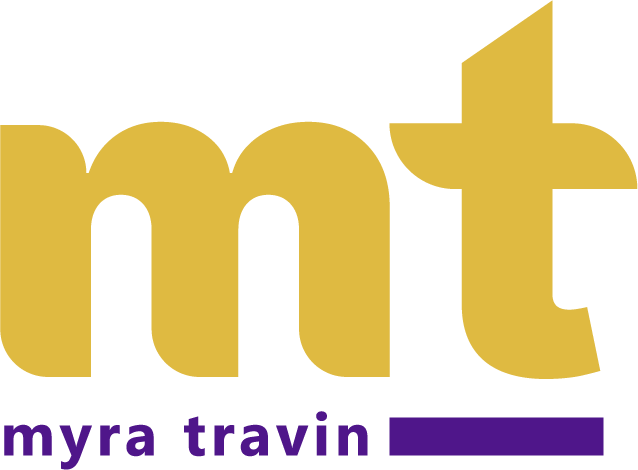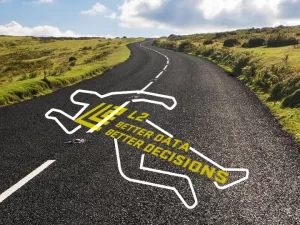This is why your employees hate training: In 1970, author Alvin Toffler suggested that too much information can affect understanding and decision making. In 1970! Before computers, iPhones, tablets, the Internet, apps and the freaking cloud. Trust me – he was wearing some mighty big bells in his pants at that lecture. It has been asserted that every five minutes, data multiplies equal to all of the information stored in the Library of Congress.
But, clearly few in the world of talent management have taken him literally. If you are sitting in a classroom trying to keep up, or space-barring your way through an eLearning module and trying to shove a great deal of information into your head during a new employee orientation, you feel me.
Someone, somewhere needs to tell somebody: This can’t be done this way. We have to change from our pre-Kramer vs. Kramer mentality about learning environments to something approaching today’s understanding of learners.
Here is the problem: The human memory holds only a very small amount of information – typically, about 7&1/2 chunks of information are stored in a 30-minute learning session. Considering our fondness for multitasking, we are most likely at the lower end of that range as an aggregate group. It is stored in the short-term memory for about 10 seconds to a minute. And that is for the people actually paying attention! If you do not put this new information into a meaningful context for yourself, then it does not easily become transferred to the long-term memory.
Just because your class has video (passive learning) and is done in lecture format on a webinar (more passive learning), it does little to contextualize and assist you to store information in the long-term memory. And the icing on the brain cake is someone telling you to “look it up on SharePoint.” If you did not create the structure of the content, you might be left wondering where exactly to look. I bet a bitcoin that each of you reading this has had this experience at least once.
Why do organizations do that? It’s cheaper and easier to administer. Considering the tsunami of data these groups face every five minutes, it’s self-preservation. I don’t blame them.
No wonder so many people go through training and end up on their first day saying, “What do I do now?” You are only human, after all. But there is a better way: Give learners control and access to resources and expert sources to help them make decisions. And, oddly, it is less expensive to do this.
More on this in future postings, so stay tuned.





